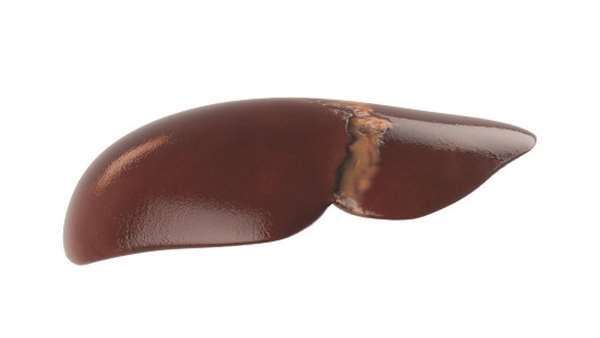Scientists Create Most Sophisticated Human Liver Model Yet
Scientists at Wake Forest Institute for Regenerative Medicine (WFIRM) have developed the most sophisticated mini-livers to date. These organoids can potentially help scientists better understand certain congenital liver diseases as well as speed up efforts to create liver tissue in the lab for transplantation into patients.
Scientists at Wake Forest Institute for Regenerative Medicine (WFIRM) have developed the most sophisticated mini-livers to date. These organoids can potentially help scientists better understand certain congenital liver diseases as well as speed up efforts to create liver tissue in the lab for transplantation into patients.
"This model better mimics fetal development and function of the human liver," said Shay Soker, Ph.D., professor of regenerative medicine at WFIRM, which is part of Wake Forest Baptist Medical Center. "We expect these organoids to advance our understanding of how liver diseases - especially congenital diseases __ start and progress so improved treatments can be developed."
Soker was lead researcher on the study, which is reported in Hepatology.
The creation of living mini-organs is a relatively new area of science with the potential to replace animal models that are not always accurate. The liver organoids, made with human cells, are less than one-third inch in diameter. While scientists have already created liver organoids to screen new drugs for liver toxicity, the livers developed in this research represent several "firsts" in the quest to build a functional model of human liver development.
To make the organoids, scientists allow fetal liver progenitor cells, an immature cell that is destined to become a specialized liver cell, to self-assemble on a small disc. The discs are made of ferret liver that has been processed to remove all of the animal"s cells. The resulting organoids, which assemble within two to three weeks, are the first to model actual human liver development.
The research is significant in two ways. First, the scientists showed that these organoids generated hepatocytes, the main functional cells of the liver. This achievement represents a milestone in work to create truly functional bioengineered liver tissue for transplantation into patients.
Second, while other scientists have shown that lab-grown livers can generate bile ducts, this is the first study to show the stepwise maturation of bile ducts exactly as can be observed in the human fetal liver. Bile ducts carry bile, a fluid that is secreted by the liver and collected in the gall bladder to digest fats. This model of bile ductal development can potentially be used to study the hereditary disease biliary atresia that occurs in infants. With this disease, bile drainage is impaired, making it fatal in the more severe cases.
"Altogether, the team has created a laboratory model of human liver development and disease that will help advance our understanding about bile duct formation," said first co-author Pedro Baptista, Pharm.D., Ph.D., who was with WFIRM at the time of the research.
"This is a big step toward advancing the bioengineering of functional livers and bile ducts and we look forward to using it in a variety of ways to improve human health," said first co-author Dipen Vyas, Ph.D., also at WFIRM at the time of the research.
Reference:http://www.wakehealth.edu/News-Releases/2018/Scientists_Create_Most_Sophisticated_Human_Liver_Model_Yet.htm





ارسال به دوستان